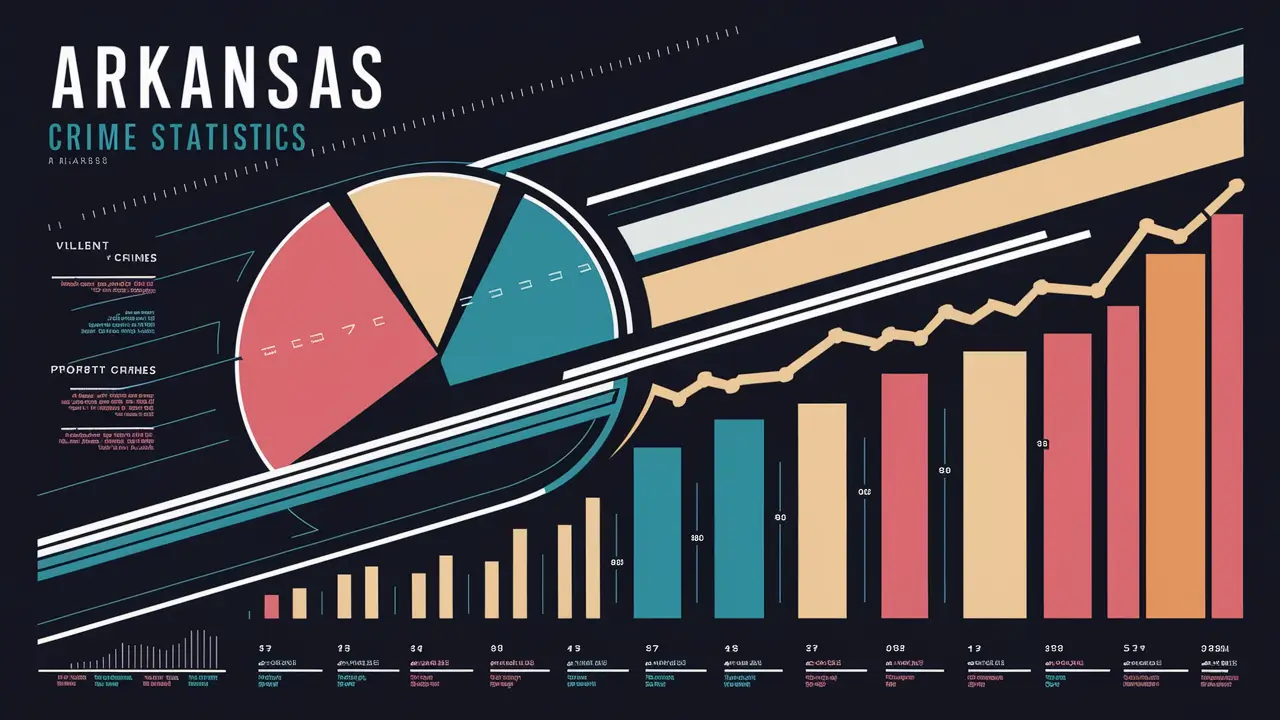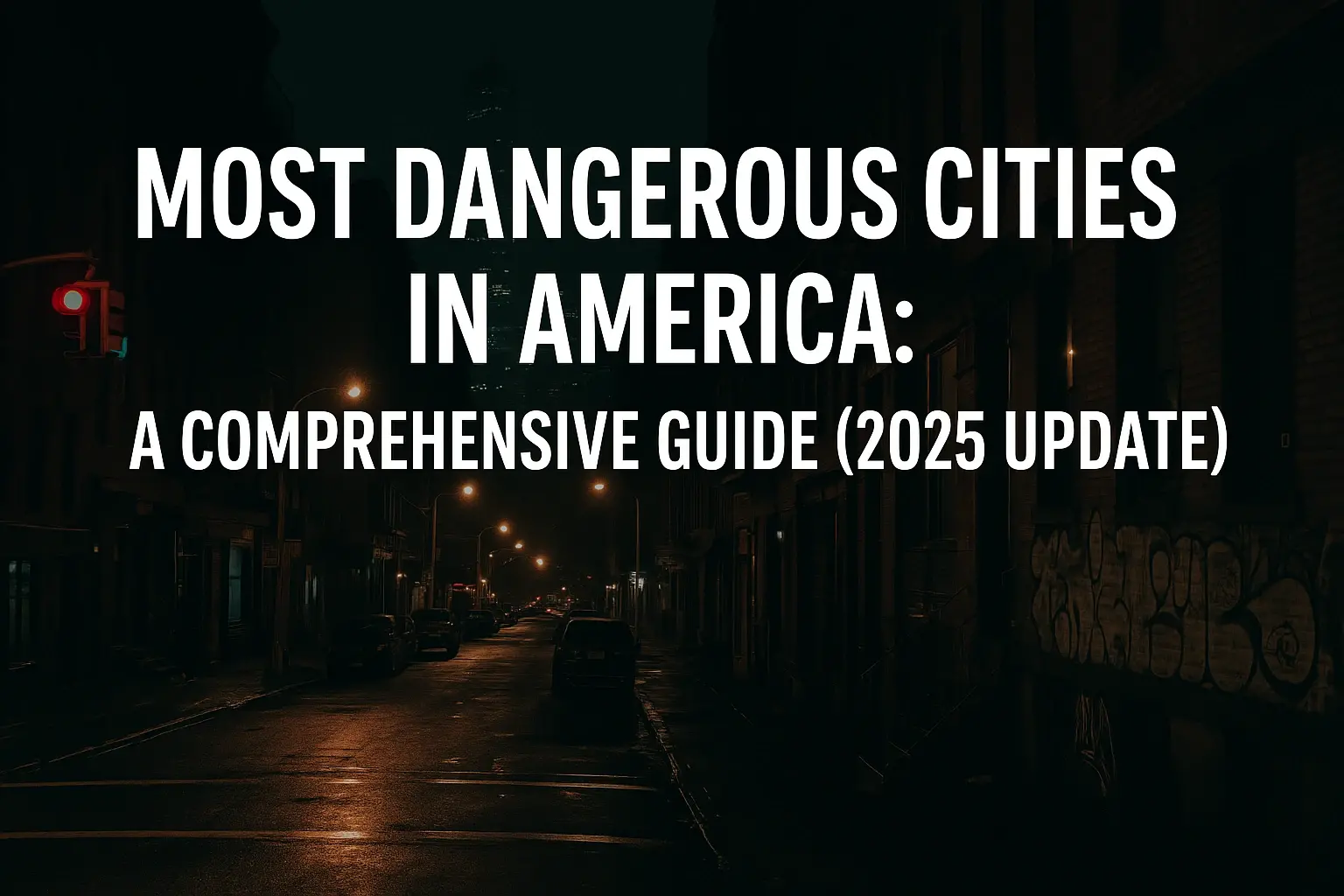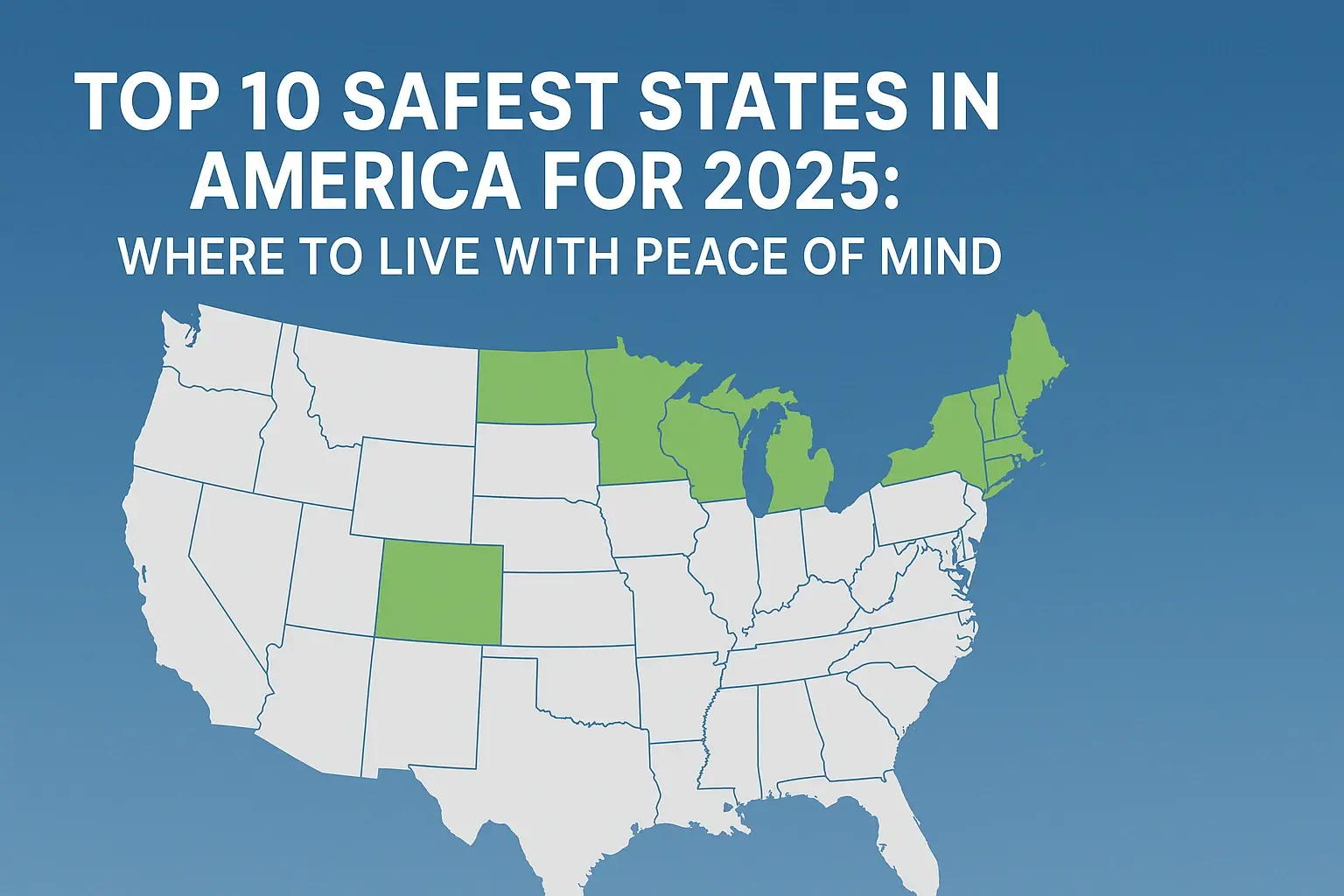Over the last several years, the crime rates in Arkansas have also changed dramatically in the present culture. Although violent crime peaked at the start of the 1990s, its rates have drastically dropped in the next years. Still, certain crimes like violent assault and rape are increasing compared to the previous year. Understanding the crime patterns and rates is essential to determine the further actions to lower it and develop successful policies with the support of law enforcement and legislators.
Arkansas Crime Rates: an Introduction
From 812.8 events per 100,000 inhabitants in 1993 to 398.3 in 2019, the FBI's Uniform Crime Reporting program notes that the state's violent crime rate also declined by 8%. Within the same period, the property crime rate dropped by a somewhat significant margin of 47 percent. While in 2019 there were 218 instances, in 1993 the state had 442 cases, the greatest level of murder cases recorded so.
Though the violent crime rate in Arkansas, which has been declining over the years, still ranks the state among the top ten in the United States as of 2019; the property crime rate ranks the state in the top fifteen in the US as of the same year. Therefore, it is important to realize that rural parts of Arkansas have more crime than metropolitan areas as well as the general American norm.
Specific Crime Trends
Aggravated Assaults
While overall, aggravated assault in Arkansas reduced by 63% from the 1993 rate of 471.4 per 100,000 population to 2014’s rate of 227.2 per 100,000, the later years have seen the rate climb, to 287.4 per 100,000 in 2019. Most of that growth occurred in cities such as Fort Smith, but some rural counties also experienced upward ticks.
Rape
As highlighted, the reported cases of rape reduced by 69% between the year 1993 and the year 2014, but the cases seem to have surged in the recent past several years. Sexual assault stories rose slightly more than 9% from 2018 to 2019 in reporting and the number of reported rapes. The trend goes up in parallel with state and national levels; experts partly attributed the increase in the number of sexual assault cases to the victims’ increasing inclination to report the cases within the #MeToo movement.
Drug-Related Crimes
In the last 10 years, the total arrests for drug abuse violations has slightly gone down in Arkansas but Methamphetamine is a cause of major concern as it contributes to more than 60% of all the reported drug arrests. The arrests related to meth were just a tad over a thousand in 2010 and rose to nearly two thousand by 2019, showing that the opioid epidemic is still a factor.
Property Crime
Burglary and larceny theft are examples of property crimes that have been prevalent in Arkansas, and even though they have been registering historically high figures, there has been a slight decrease in the last few years. Most of the remaining property crimes occur in communities that have not gotten adequate attention. For instance, larceny thefts account for twenty-five percent of the total thefts, which are mostly committed in six counties that have only eight percent of the population of Arkansas.
Takeaways
The overall offense rate shows that most categories of crime have reduced significantly in Arkansas in the last 25+ years. But aggravated assaults and rape, meth abuse, especially, have revealed an alarming trend in current years that must not be ignored by police or legislators. Further spending on community policing and support programs, as well as addiction/mental health services, will continue to be necessary for sustaining decreased crime rates into subsequent years and beyond. As for what should be an emphasis in the future, special attention to the needed populations, which are overrepresented in various adverse effects, should be paid.







